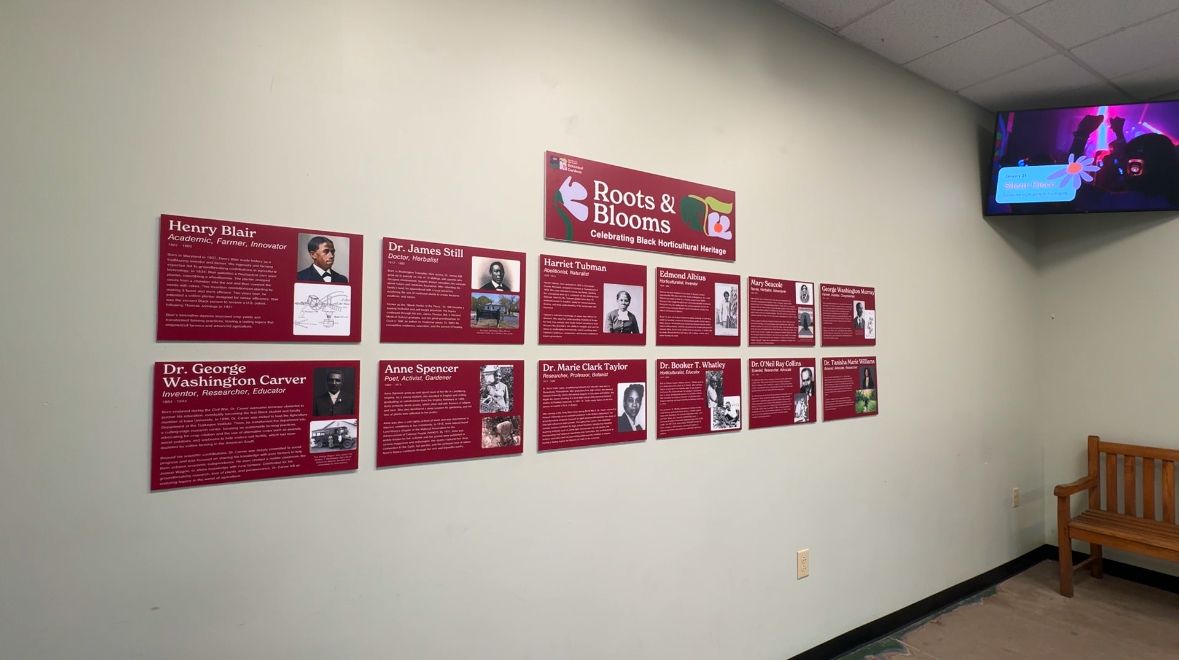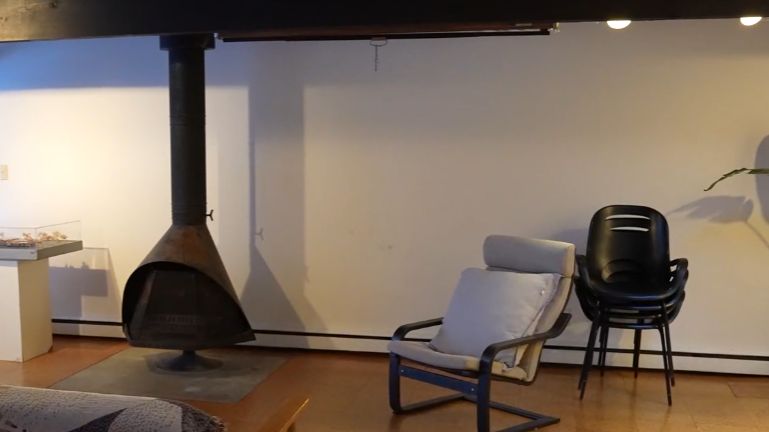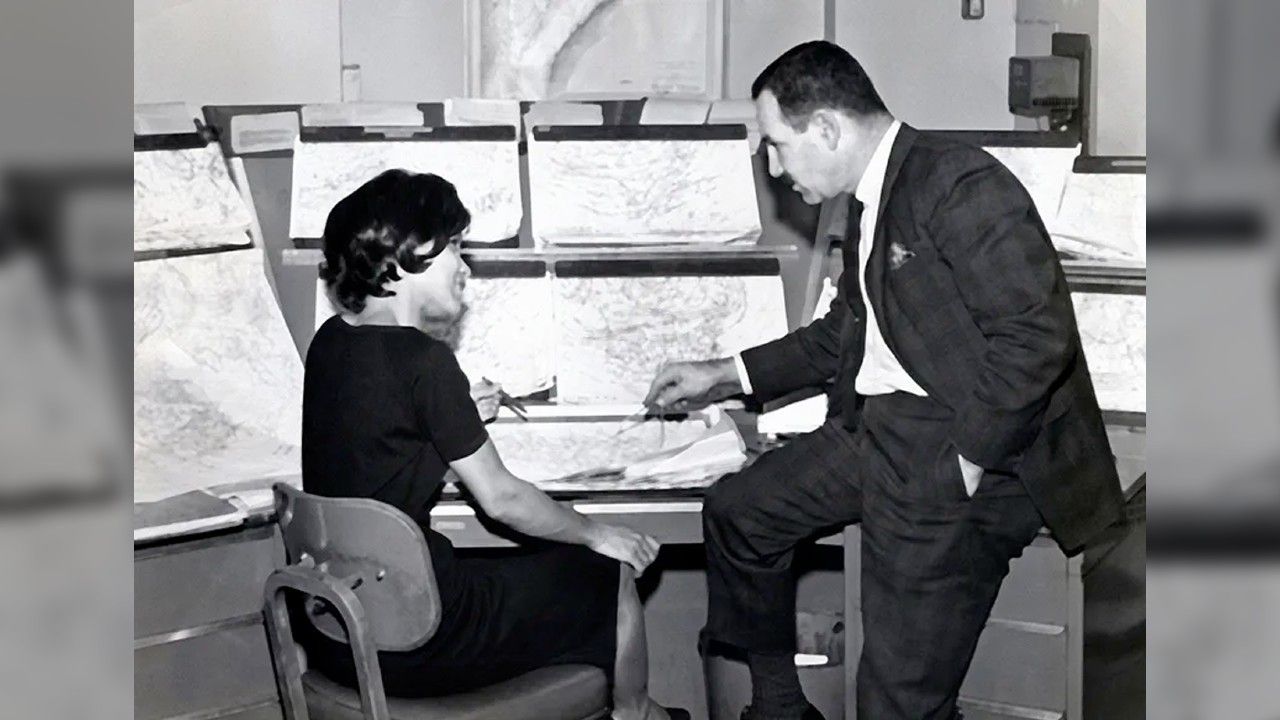BUFFALO, N.Y. — He’s known as the first African American soldier from Buffalo to die from injuries in World War I. However, this Black History Month, there’s a whole other story to Jesse Clipper thanks to the curiosity and diligence of one group of people.
As you take a walk down Michigan Avenue, safe to say you typically stop as you wait for the light to change. But if you look to your right, there’s a statue. It honors the Buffalo African American veterans, past, present and future. This is Jesse Clipper Square.
To know more about Clipper, head to the Colored Musicians Club, where Dr. Diane Cookfair says the research into Buffalo’s hero started because of a yearning to know more.
“I was curious,” Dr. Cookfair said.
For 12 years, Cookfair would search old newspapers and census records to find out more about the man the park is named after.
“It was just fascinating,” she smiled. “The more I learned, the more I wanted to know.”
Her husband, Craig Steiger, helped her along the way.
“This is the stuff of movies,” Steiger said. “This man is a local legend and his story is finally being told.”
And that story starts in Salt Lake City in April 1882. He moved around the country, loved and lost two wives to illness over the years. He eventually made his way to Buffalo around 1915.
Clipper was a famous African American entertainer. His vaudeville act with his second wife, Della, had them headlining major venues.
“The reviews they got in national African American newspapers made it clear they were something special,” Cookfair smiled.
Turns out Clipper was also a trombone player. Once Clipper made Buffalo home, his life took on a new legacy.
“He was one of the founders of this union, and the club would then be formed from that,” George Scott, Board Member and Co-Creator of the Colored Musicians Club.
Local 533 was founded in 1917. It was a game-changer for entertainers, a way to reach their dreams and lift up the community.
“They were family people and they gave a lot to the city,” Scott said. “I think a lot of it came from the influence of Jesse Clipper.”
He was vice president. Unfortunately for Clipper, he never got to see the club filled with musicians and toes tapping. At 35, he signed up for the U.S. Army, not drafted as other history tells it, and was sent to France to fight in World War I. He became known as Buffalo’s hero, the first African American from the city to die in the war.
“There was little information, except he was private and worked for a laundromat on Buffalo,” said Commander Eugene L. Pierce, of Jesse Clipper Post 430. “I thought, ‘there has to be more than that.’ ”
Also on a quest for answers of his own, during a 2017 trip overseas, the commander visited Clipper’s gravesite in France. It wasn’t an easy find: His name in the cemetery records was James Clipper.
“I said 'what’s on the grave marker?' ” Pierce recalled asking an escort at the cemetery. “He says 'Jesse W. Clipper, Corporal.’ ”
Because of Pierce’s determination, after 98 years, Clipper is now properly identified. And his story is finally being told thanks to these four curious people.
The text and images referenced throughout the video of this story are the first of two articles in WNY Heritage Magazine, connecting us all to a man we can thank for not only our liberty — but just maybe some of the music we know and love.
“We thought it was time people knew his story,” Cookfair said. “Turns out he was a hero in more ways than just 'I went to war and died.' ”
The Jesse Clipper Post 430 doesn’t have a permanent home and is currently searching for one. This will help with their outreach for veterans and to the community as a whole. If you have a space available, you can reach out to Commander Pierce at eugenepierce@verizon.net.










